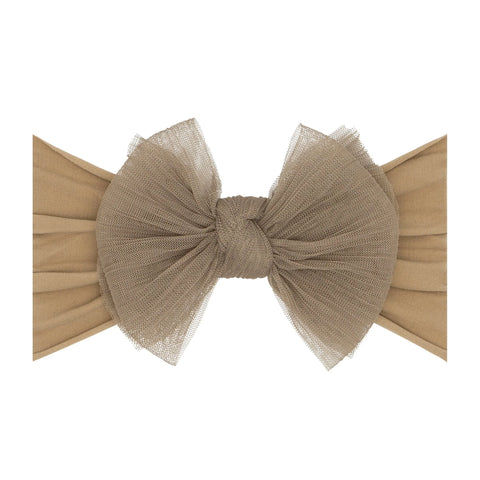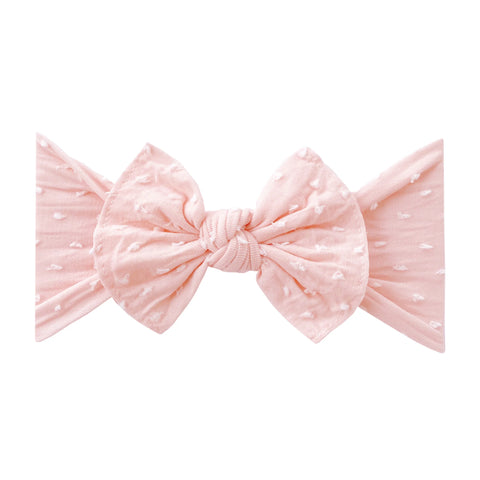A knot tying is an ancient art that has evolved over centuries, serving various purposes from securing loads to ornamental work. A
solid knot can be categorized into two broad categories: patterned knots and solid knots. A thorough understanding of the differences between these types is essential to mastering the art of knot tying and selecting the appropriate knot for each application.
Solid Knots:
Functionality and Strength:
Solid knots, also known as utilitarian or functional knots, are engineered with a primary focus on strength, reliability, and practical application. These knots are the workhorses of knot tying, finding utility in various scenarios where security is paramount.
Square Knot:
One of the quintessential solid knots is the square knot. Its purpose is straightforward: securely joining two ropes of equal diameter. The square knot forms a flat, symmetrical shape, making it ideal for tasks requiring a strong and stable connection.
Bowline Knot:
The
bowline knot is another stalwart in the realm of solid knots. It creates a secure loop at the end of a rope. Its non-slipping nature and ease of untying after a load make it indispensable in rescue operations and sailing scenarios.
Figure Eight Knot:
The figure-eight knot is used to prevent a rope from slipping through a hole or anchor point. It creates a stopper knot that is easy to tie and inspect. Its strength and stability make it a go-to choice for rock climbing and other high-stakes activities.
Sheet Bend:
When it comes to joining two ropes of different diameters, the sheet bend comes into play. Its reliability and security make it suitable for tasks like securing loads of varying sizes.
Patterned Knots:
Aesthetic Appeal and Craftsmanship:
Patterned knots, also referred to as decorative or ornamental knots, diverge from the utilitarian focus of solid knots. Instead, they are crafted with intricate patterns and designs, emphasizing aesthetic appeal over sheer strength.
Turk's Head Knot:
The Turk's Head Knot is often employed as an exemplar of patterned knots for its ornamental qualities. Used in jewelry and as decorative wraps, this knot boasts an intricate, woven pattern that forms a continuous loop.
Monkey's Fist Knot:
Crafted for visual impact, the Monkey's Fist Knot creates a decorative ball or weight at the end of a rope. Its tightly woven structure adds both elegance and complexity.
Chinese Button Knot:
The Chinese Button Knot is a compact and visually pleasing knot that creates decorative button-like elements. Its aesthetic qualities make it a popular choice in various crafting applications.
Matthew Walker Knot:
The Matthew Walker Knot showcases a spiral pattern, adding visual interest to its role in covering the end of a rope. Its primary function is to enhance the appearance of the tied object.
Key Differences:
Purpose:
Solid Knots:
Engineered for strength and reliability in practical applications.
Patterned Knots:
Crafted with a focus on aesthetic appeal and ornamental value.
Strength:
Solid Knots:
Prioritize optimal strength for secure and stable connections.
Patterned Knots:
While some may have moderate strength, the primary emphasis is on visual appeal.
Applications:
Solid Knots:
Commonly used in outdoor activities, camping, sailing, and other scenarios where strength is critical.
Patterned Knots:
Found in crafting, jewelry making, and artistic endeavors where visual beauty takes precedence.
Complexity:
Solid Knots:
Generally simpler and more straightforward, emphasizing efficiency.
Patterned Knots:
Tend to be more intricate, involving complex weaving patterns for visual impact.
Conclusion:
Baby Bling Bows specializes in tying both solid and patterned knots for a wide range of purposes. In terms of function and strength, solid knots provide the backbone for practical applications and serve as reliable companions. In contrast, pattern knots transform knot tying into an aesthetic form of expression, elevating the artistry of knot tying to new levels. In order to master this timeless craft, an individual must be capable of seamlessly transitioning between the practical and decorative aspects of knot tying.
Read More




